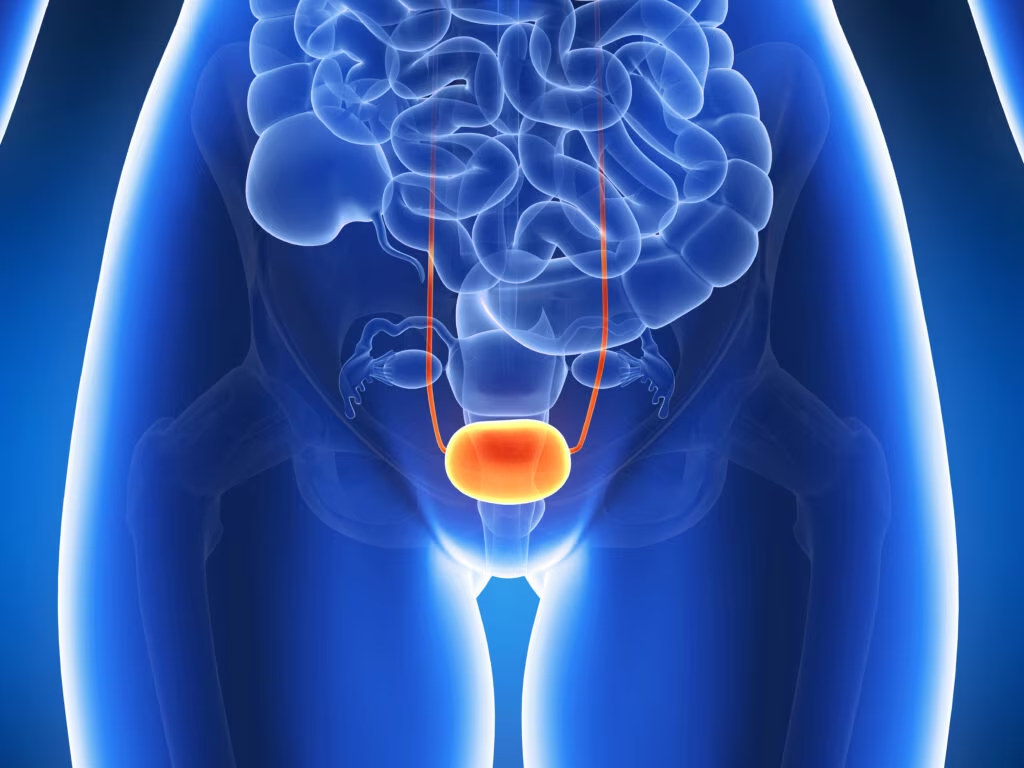Welcome to the latest issue of the newly-renamed touchREVIEWS in Endocrinology, previously European Endocrinology. The decision to rename and widen the reach of the journal has been taken after a great year for touchENDOCRINOLOGY, and we feel that in an increasingly global research community, submissions were being limited by an assumed primary reach to one regional audience. This approach will allow us to grow the journal, while reflecting the new international audience in the change of title.
We begin with an editorial by Doupis et al. on the importance of personalized exercise programmes to reduce the risk and maximize the benefit of physical activity in patients with diabetes. Staying on the subject of diabetes, the first of our reviews discusses the clinical utility of dapagliflozin as adjunct therapy to insulin in adults with type 1 diabetes.
Our next review focuses on liver disorders. Gautam et al. explore the potential of dexamphetamine in the treatment of patients with non-alcoholic fatty liver disease, a condition whose incidence is increasing and which is a common cause of chronic liver disease.
Next, our attention turns to reproductive endocrinology. Alexandraki et al. provide a literature review of cardiovascular risk factors associated with polycystic ovary syndrome (PCOS). In addition, in an original research article, Kamrul-Hasan et al. present a cross-sectional study detailing the clinical, metabolic and hormonal profiles of Bangladeshi adolescents newly diagnosed with PCOS, which highlights risk factors.
Diabetes is a leading cause of lower limb amputation, most of which result from unhealed ulcers and foot infections. In a special report, Cassidy et al. discuss the International Conference on Medical Image Computing and Computer Assisted Intervention challenge. This involves the automated detection of diabetic foot ulcers using cloud-based detection algorithms, which can be incorporated into a mobile app.
We conclude this issue with several case reports that highlight rare conditions and unusual presentations of common diseases. Boro et al. present five cases in which renal tubular acidosis (RTA) presented as metabolic bone disease, and provide algorithms for the approach and evaluation of RTA. Singla and Saini describe the case of a woman who presented with diabetic ketoacidosis and was subsequently diagnosed with acromegaly, which is often associated with impaired glucose tolerance and diabetes. Barros et al. describe an extremely rare tumour arising from the adrenal gland, adrenal oncocytic neoplasm, and discuss its differential diagnosis from adrenal incidentaloma. Barros et al. also discuss the case of another rare tumour, pheochromocytoma, which occurs in up to 5% of patients with neurofibromatosis type 1. Shwana et al. present a case of progressive hirsutism and moderate to severe male-pattern balding in a postmenopausal woman, which was caused by a an occult Leydig cell tumour. Finally, dos Santos et al. describe a case of congenital adrenal hyperplasia due to 17-α-hydroxylase deficiency, with a late diagnosis.
touchREVIEWS in Endocrinology would like to thank all expert authors who gave their time and effort to produce these insightful articles. We are also grateful to all organizations and media partners for their ongoing support, as well as our editorial board for their continued involvement and advice. Please also take the opportunity to look at the videos on our website, https://touchendocrinology.com/, which features a wealth of expert content. Finally, we hope you stay safe and well during these difficult times.
John Doupis
Dr John Doupis is Director of the Diabetes Division of Iatriko Palaiou Falirou Medical Center, and the Internal Medicine and Diabetes Department of the NS Naval Hospital, Athens, Greece. He is a former clinical research fellow of the Joslin Diabetes Center, Harvard Medical School, Boston, MA, USA, and scientific partner of Joslin–Beth Israel Deaconess Foot Center, also at Harvard Medical School in Boston. He has served as a principal investigator in many multicentre phase I, II, III and IV clinical trials, most of which have been published in international journals or presented at congresses. He is a registered reviewer and a member of the editorial board for many major diabetes medical journals. He has given numerous lectures in national and international congresses, presenting over 200 abstracts. His special areas of interest are diabetes and its complications, diabetic foot, diabetes-related smart technology including mobile apps and telemedicine, and obesity.












